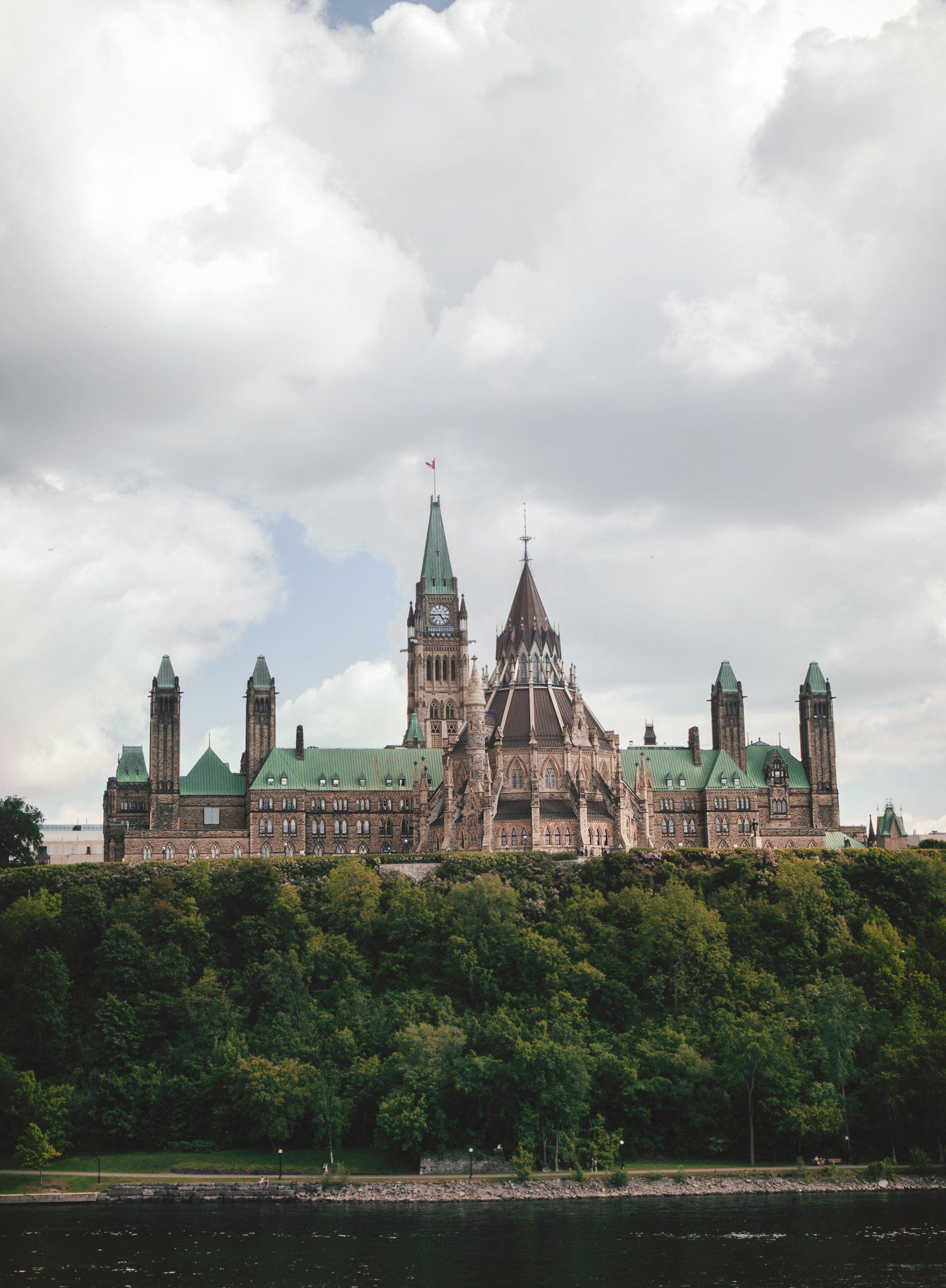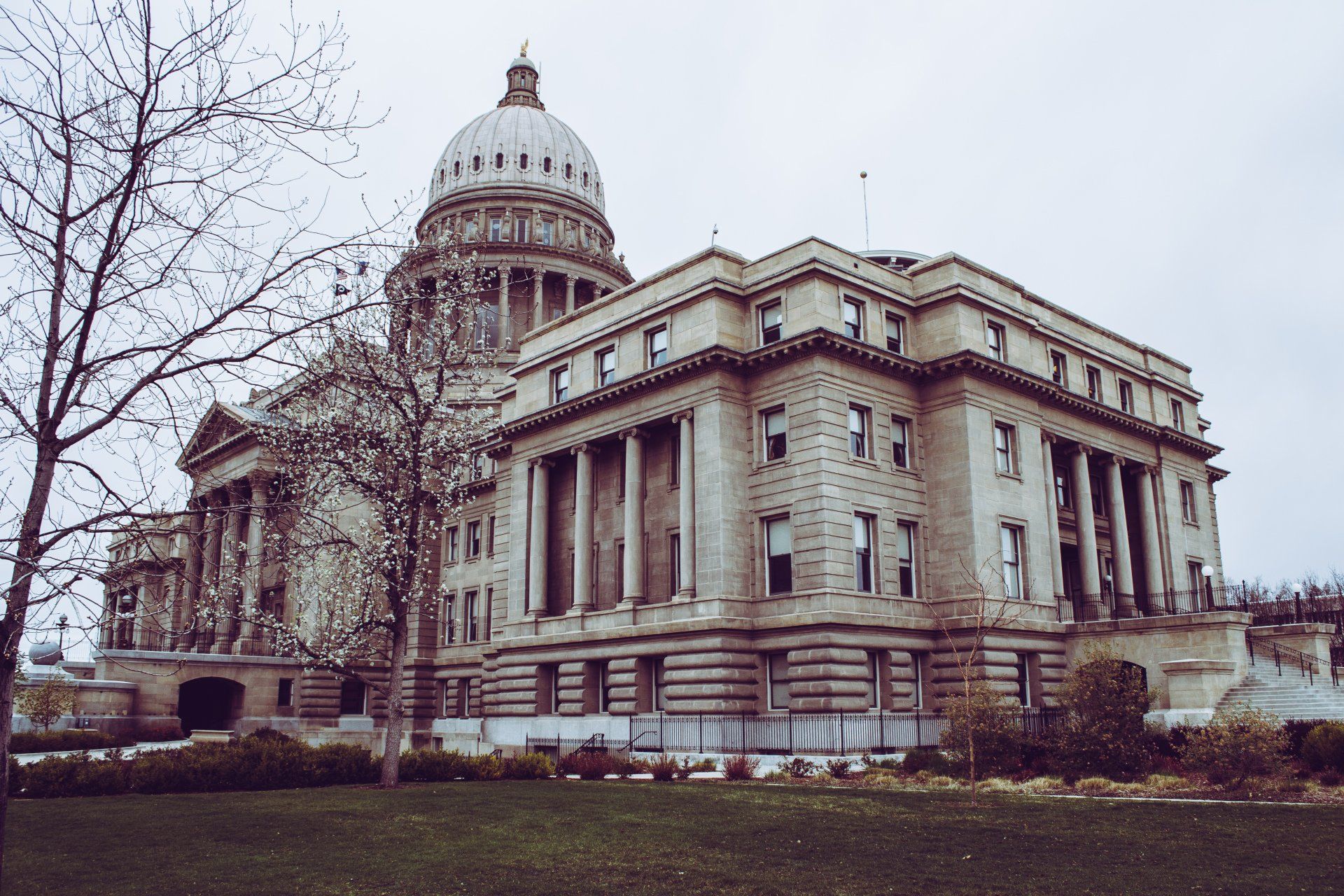To Lockdown or Not?
A Look at Whether Lockdowns Really Helped or Hindered during the COVID-19 Pandemic.
A Few Perspectives Worth Considering
A year and a half has passed since the first cases of Covid-19 were reported in Wuhan, and, still, questions remain unanswered. With more than 120 million confirmed cases and two million deaths reported world-wide, the ongoing process of immunization is revealing deep-seated inequalities on a global scale, and issues surrounding public healthcare are centre of attention. While the preventive measures set by different governments varied based on their demographics, political regimes and economic power, it is safe to say that most countries around the world were faced with some of the most severe restrictions in recent history.
In January 2020, a government-ordered lockdown was first used in Wuhan as a measure against the spread of Covid. At that point, the rest of the world was calling Covid the Chinese virus, debating whether or not the government of the PRC reacted in time and/or used their power over the nation’s media to cover up data. No one could have imagined how little time it would take for the virus to reach their own doorstep. By April 2020, nearly 4 billion people were under some form of lockdown.
The “new normal”, the global reality of staying at home, working in sweatpants, and sharing meals or coffee over Zoom has become part of this new culture and a time not to be forgotten.
The pandemic has affected all aspects of life - from global events and stock markets, music and tourism industries, to daily routines and collective vocabularies. As countries from the Western hemisphere are deciding whether or not to lift restrictions or go into second or third lockdowns (or stay locked down), others are back to “normal” operation, raising some important questions regarding lockdowns.
Why Lockdowns Aren’t Working: Public Health and Social Inequality
In these extraordinary circumstances, people have agreed to some strict restrictions, however, the urgency with which lockdowns were introduced in many places during the past year failed to take into account some essential human rights implicit in the freedom of movement.
The World Health Organization defines health as a state of complete physical, mental and social well-being and not merely the absence of disease or infirmity, and yet the ongoing health crisis seems to have put a focus on absence of disease, while our mental and social well-being has been put on hold.
The strictest curfews and 24-hour lockdowns imposed from April 2020 threatened the very existence of people facing poverty, unemployment and homelessness in “normal” circumstances. Refugees, persons living on the streets and those dependent on welfare and public kitchens around the world were nearly forgotten in the first weeks of the health crisis. For many, the right to freedom of movement is what guarantees access to water, food and shelter on a daily basis.
According to WHO reports, there are around 281 million international migrants across the globe today, 26 million of whom are refugees. Nearly 80 million people were forced into displacement in 2020 alone, while 168 countries closed their borders during the first wave of the pandemic last April. A survey which included 30,000 migrants from 170 countries showed that most of them felt their access to health care, safety and information had further been limited due to Covid19-related restrictions, especially total lockdowns and border closing. Those who were living on the streets or informal housing had limited access to food and shelter, and were faced with xenophobia and racial discrimination, while the living conditions within refugee camps were far from the proposed health and safety standards (due to over-crowding, shared facilities, limited supplies, etc.) In some instances, homeless people and refugees were even fined for disobeying curfews.
On the other hand, as countries’ healthcare systems went into a state of emergency, many of their regular services became inaccessible to the public. Treatments of many congenital and chronic diseases, prevention and public health services were all set aside as “non-urgent” in order to ensure the safety of both patients and healthcare workers. Hospitals all over the world deferred non-Covid patients and switched to remote patient care, but they also reported a huge decrease in appointments which some professionals believe will lead to a new health crisis in the future.
Even though it seems health has never been a more widely covered and talked about topic in all forms of media, the outbreak of Covid19 has become a priority in both public discussions and government policies and strategies. The demand for information has never been higher, yet the amount of data, statistics and different forms of advice have been detrimental to a lot of people’s mental health.
Why Lockdowns Aren’t Working: Mental Health, Relationships and the Infodemic
The suspense and stress of facing a global pandemic combined with anxiety, lack of contact and movement, financial insecurity, prospects of unemployment and daily doses of infection and mortality rates have all taken a toll on many people’s mental and emotional health. The impact varied greatly depending on factors such as gender, race, economic status, age, etc. but a general surge in mental health issues has been recorded during the past year. Surveys conducted in the United States, China and the United Kingdom show that 30-40% of people felt some form of mental distress, depression and/or anxiety related to the lockdowns. In terms of coping mechanisms, 22% of the US participants reported they had started drinking more alcohol, and 14% stated they had been using marijuana more often. A European study showed how the effects of being under lockdown were particularly difficult for adults with autism.
Some studies have also shown how lockdowns widened the gender gap in terms of mental health, while the topic of gender-based violence became a burning issue as people were forced to spend all their time indoors. Victims of domestic violence were at an increased risk as governments propagated that staying home was the “safest option” for everyone. Several countries around Europe set up hotlines and code words such as Mask19 to help women facing domestic violence during self-isolation measures.
A separate Covid-specific issue concerning mental health and stress is the growing infodemic, which has brought about anxiety in many people without a history of neuroses. Daily updates on death rates, statistics and word-of-mouth reports, and an increase in the amount of misinformation and conspiracy theories surrounding the origins of the pandemic have put a majority of the world’s population on edge. Special focus is being put now on infodemic management, transparency, and many populist politicians have been reprimanded for spreading falsehoods and either spreading panic or not taking the circumstances seriously enough.
Why Lockdowns Aren’t Working: Global Economy
Many countries are still facing vaccination inequity, but several European countries are looking forward to lifting some of the Covid restrictions thanks to the immunization process. Issues related to unemployment, global trading and stock market values and education are some of the most common reasons for going back to “normal”. Travel agencies, the hospitality industry and small businesses have suffered great financial losses, which is putting a lot of pressure on government budgets.
In 2020, the Financial Times Stock Exchange (FTSE) 100 Index has dropped 14.3%, which is its worst performance since the economic crisis in 2008. Unemployment rates have increased in 2020 in most countries, with the largest increases in developed countries - the unemployment rate went from 3.7% in 2019 to 8.9% in 2020 in the United States, and from 5.7% to 9.7% in Canada. According to the International Monetary Fund, the global economy shrunk by 4.4% in 2020. The term Great Lockdown was used in an IMF article explaining how the pandemic created an economic crisis, the likes of which the world hasn’t witnessed since the Great Depression.
Why Lockdowns Work
It is crucial to note that non-pharmaceutical interventions (NPIs) such as social distancing, curfews and lockdowns are the only measures of fighting epidemics of respiratory diseases that are available when there are no vaccines or antiviral medications. Faced with an unknown virus, most countries were forced to act quickly and make difficult decisions in order to save lives, and both the most authoritarian and the most liberal governments adopted the lockdown as most effective measure of prevention.
Densely populated countries in East Asia, such as China, South Korea and Taiwan were among the first to report cases of the novel coronavirus, and the first to issue lockdown restrictions and close their borders. In China, an organized system of tracking and dealing with the country’s health crisis was soon established, and citizens got used to regular temperature checks, lockdowns and curfews. Within a few weeks China had included a health code property on Wechat and Alipay, the most widely used apps in the country, to be used in public transport - similar to the Covid passport concept some Western countries are debating today.
Asia-Pacific countries were the first to successfully lift lockdown measures and get their economies back on track. European countries such as France, Spain and Italy, whose healthcare systems almost collapsed during the first wave of the pandemic, are still debating loosening measures, even after an entire year has passed, while Asian countries are able to control new cases with far less draconian measures. On average, Asia-Pacific countries were most successful in response to the pandemic. Some argue their success in handling the health crisis is due to a collective focus on public well-being rather than individual liberties and economic interests. That being said, European countries were very successful in handling the first wave of the pandemic once they started implementing the health and safety regulations.
The example of Sweden, which has come to be known as the Swedish enigma, is an outlier in the global statistical overview. The Public Health Agency of Sweden is the only one to adopt a kind of laissez-faire approach to the pandemic, relying on the population’s sense of personal responsibility and herd-immunity. It was only in late 2020 that the Swedish government started issuing recommendations related to social distancing and wearing masks in public. There is, however, no evidence that proves the unusual approach of this country was any better in terms of cumulative cases and death rates compared to the rest of the world.
What evidence, thus far, does show is that countries in North and South America were the worst affected globally, especially those in which the ruling parties were led by populist politicians who promoted anti-Covid myths and non-scientific advice.
In general, the Covid pandemic has definitely had a profound influence on our society and way of life. Social distancing and various forms of lockdowns were, as far as we know, necessary measures which had to be taken in order to save lives, but they also impacted different members of society to different extents. Some issues concerning public health and social inequality have become more apparent and talked about, while some are yet to be fully understood.
We are confident a critical reader will consider all of the information and resources provided with an open mind and a sense of responsibility this moment in time undoubtedly deserves.


